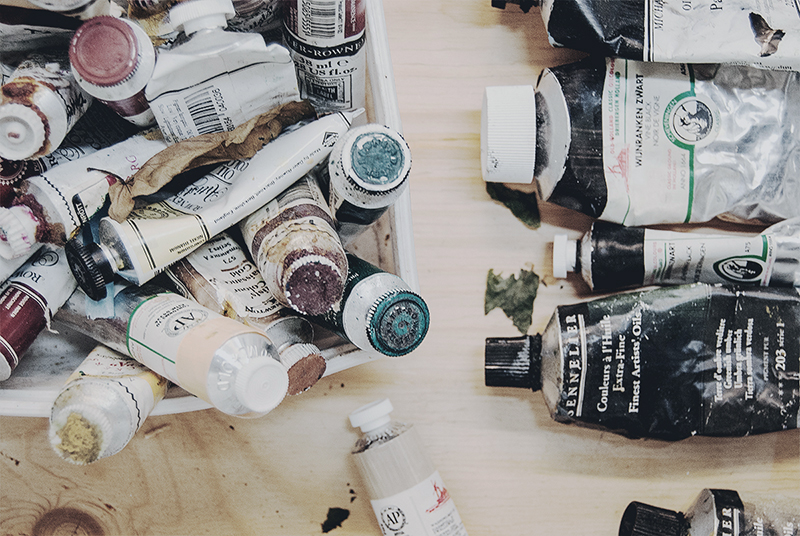How To Prepare For… A Group Crit
My time spent hosting group crits (group critique, crit, or art crit) at the Finnish Art Agency (FAA) in April remains one of my favourite memories of Helsinki, for a few different reasons. Yes, I met a broad range of wonderful artists from different areas across Finland, and this gave me an insight into current Finnish practices and influences. But we also got to discuss wider intellectual concerns, research interests, and ambitions for the future; discovering surprise commonalities and mutual anxieties about working in the arts. Articulating your artwork (especially work-in-progress) to a group of peers can be a stimulating and rewarding experience.
I would go as far to say that the group crit is one of the most important parts of an artist’s development. It might be a regular, challenging part of art school, but we can find that group crits are more difficult to organise and partake in after university. Which is why it is so fantastic that the FAA are planning on hosting more in the future.
With that in mind, here are my top tips for getting the most out of the group crit experience.
1) Prepare!
Obvious advice, but not always taken. Think about who is attending: fellow artists, representatives from the FAA, and perhaps guests from various artistic fields. This is an opportunity to discuss your work amongst peers, to make new contacts, and it might lead to exhibition or collaboration opportunities you hadn’t considered. Think hard about what you want to achieve out of this time and prepare accordingly.
2) Practise!
I think we can always tell who has practised a presentation and who hasn’t; the latter always ramble and overrun! You have been asked to prepare a ten minute presentation and also any questions for the group that you feel are appropriate. Expect to be discussing your work for around 20 minutes in total, before the group moves on to another artist.
So, time yourself. You’ll be surprised at how fast ten minutes passes. The FAA team will be strict, so you must make sure to fit your presentation into that tight time frame. Practise talking about your work in front of the mirror, in front of friends, in front of the cat. How can you most accurately tell a story about your work? And so…
3) Tell a story!
The most enjoyable and effective presentations I’ve ever seen are those that have a narrative. I want to hear about:
– what your work is (medium/scale/texture/colour etc.)
– why you make your work (concept/ideas/research etc.)
– how you make your work (methods/processes/strategies etc.).
Write down these basics, as if you are writing a new artist statement, and read it back. Does it tell the story of your artwork and where it is heading?
4) Be selective!
By picking your best works, you will automatically feel more confident. We also want to see your most recent work, as this is fresh and reveals the most about your current practice. Please don’t tell us your whole life story, or discuss many older works; there just isn’t time. Be focused.
I would advise selecting one to three pieces of work, and then writing down what you want to say about each one. That will give you an initial feel for the tone of the presentation, the details you want to include, and also how much time it takes to say what you want to say.
…
– Laura Robertson, The Double Negative
___
In case you are eager to hear the rest of the story, get in touch with Finnish Art Agency for the upcoming group crit sessions in Oulu and Helsinki. Ask for cancellation places for Oulu’s session (31.5.2017 at Oulu Art Museum) or book a place in advance for a group crit session in Helsinki on 12.6.2017 at 13–16. All group crit inquiries to emma(at)finnishartagency.com.


